Take a look at our New Arrivals: a variety of selections now available!
Gemstones are something that we use so much in our daily lives. As a status symbol of wealth and power or its aura and benefits. Some sit concealed away until an important day, while some are on our fingers every day.
Do you know what type of gemstone you have? Read along to identify the value of what you possess. In the gemstone world, you will often hear the terms precious gemstone and rare gemstones.
Commonly these terms are used interchangeably by many due to the confusion that they mean the same. Before we can dive into the splendor of breathtaking gemstones, it is vital to understand the difference between precious and rare.
Gemstones get the precious label when the majority of people around the world seem to prefer them. We can say that the preciousness of a stone depends on personal opinions. However, the rarity of a gemstone depends on its availability and ease of discovery. A gem can be precious but not necessarily rare, and vice versa.
In no particular order, here are the 10 rarest gemstones in the world.
The discovery of Poudretteite was during the 1960s as tiny crystals in Mont St. Hilaire, Quebec, Canada. However, it gained recognition as a mineral in 1986. The mineral Poudretteite gets its name from the family that operated the quarry in Mont St Hilaire.
Poudretteite is so rare that clean gems over 1 carat are hard to find. A discovery done in 2000 in Burma provided the first documented gem-quality specimen. There is an assumption that the 9.41-carat Gem from Burma is the largest faceted Poudretteite in existence. Frances Miller Seay gifted the gemstone to The Smithsonian Museum in the National Gem Collection in 2007, where you can currently find it.

Tanzanite rapidly rose to prominence among jewelers and gem enthusiasts following its discovery in 1967. The Maasai, who stumbled upon a cluster of intense violet-blue crystals, discovered it. Its only known source to date is in the Merelani Hills near Arusha in northern Tanzania. The Maasai alerted a fortune hunter named Manuel d’Souza, who registered mining claims thinking he had a new sapphire deposit. Little did he know that he laid hands on one a new mineral. This rare gem is scarce and is minable for another 20-30 years only.

Naturally reddish-brown, Tanzanite achieves its blue-to-violet color with heat treatment as most gems found in the commercial markets are. Blue Tanzanites are usually more valued than violet ones. An unheated blue Tanzanite is extremely rare to find.
Benitoite is a rare blue to purple gemstone discovered in 1907 in the San Benito Mountains, California. The stone was declared the State Gem of California in 1985. It is similar in color to at least one of the rare gemstones on this list. When James M. Couch discovered it, he initially believed that it was a sapphire due to its resemblance of color. After being sent to the University of California in 1909, the tests confirmed it as an unknown mineral. It then got its name from the Benito Mountains.
When a Benitoite is intensely blue, the color can mask its high dispersion. The consumer is left to choose between a dark blue stone with less dispersion or a lighter blue stone with high dispersion. It is a choice that very few people have to make since the public has remained largely unaware of this gem due to its scarcity. The mine was closed in 2006, making Benitoite even rarer.
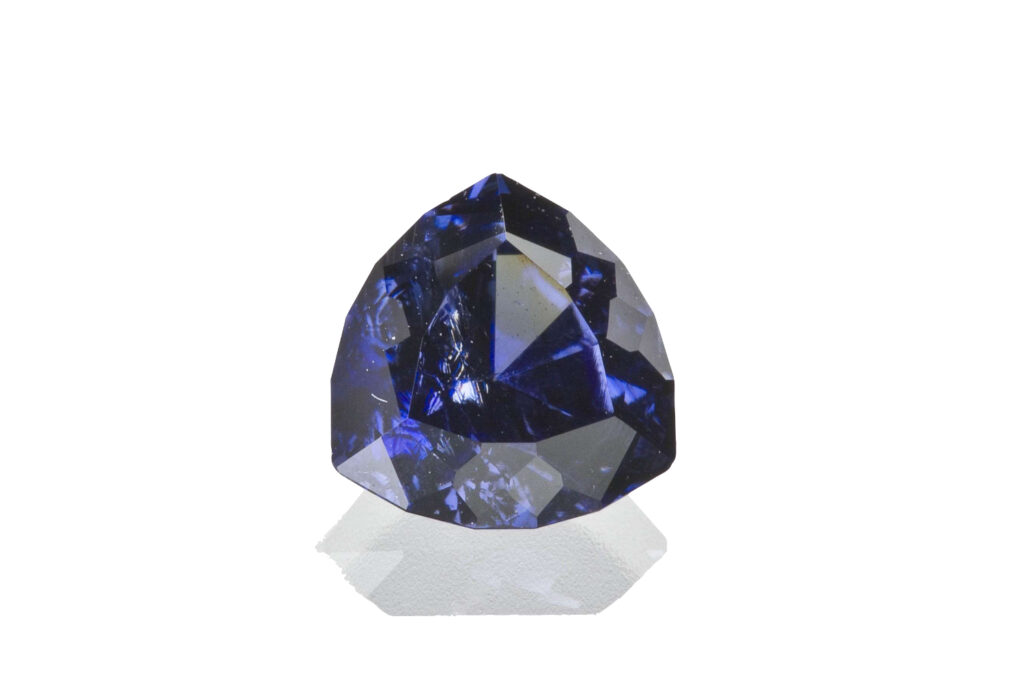
These rare gemstones get their name after a French explorer, Alfred Grandidier, who studied the natural history of Madagascar. The discovery of Grandidierite was in 1902 in Southern Madagascar., Through recent excavations, there has been a discovery of a new Grandidierite deposit in 2014 in Madagascar.
Grandidierite gemstones are often translucent, with blue-green Gemstones hardly seen. Grandidierite is pleochroic and can transmit blue, green, and white light. It is very resistant to scratching hence ideal for jewelry use. Due to their scarcity, faceted stones are rare.

Red Beryl, also known as Bixbite, is different from Bixbyite. The similarity in the name comes from being discovered by the same mineralogist, Maynard Bixby. Bixby discovered Red Beryl in the Wah-Wah Mountains in Utah in 1904. About 95% of the stones found each year are of lower grades. Very few crystals are of gem quality, and those are kept by mineral collectors and never faceted.
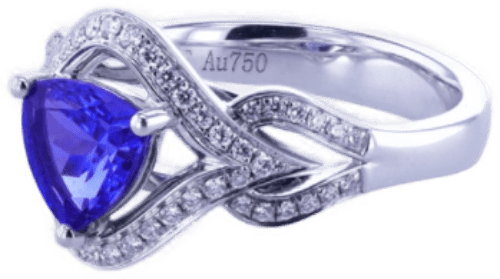
Red Beryl can be red, deep rose, or raspberry pink in color. Pure beryl is colorless; any color in this rock signifies impurities. However, due to its rare nature, any size and color are appreciated and highly demanded. A survey by the Utah Geological Survey estimated that only one Red Beryl is available for every 150,000 gem-quality diamonds.
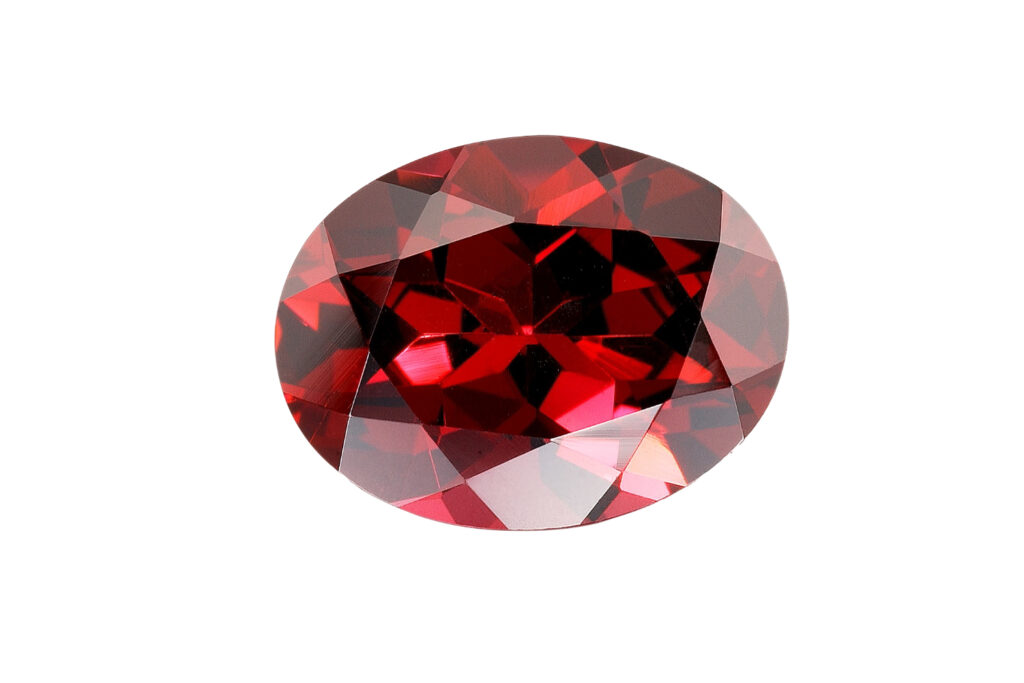
People often used the term Jade to refer to Jadeite until 1863 when it was discovered that there are two distinct mineral species; Jadeite and Nephrite. Jadeite, the intense green is probably what most people have in mind when they talk of Jade.
Jadeite has historically been used to make Jewelry, decorative objects, and weapons and in high-end musical instruments such as chimes, xylophones, and gongs.
Although the most known Jadeite is the imperial jade color gemstone, Jadeite is also found in lavender, yellow, orange-red, blue, and black colors. It can also be colorless.
Jadeite is highly prized in Chinese, Mayan, and Maori cultures and has legends in music, spiritual rituals, and medicine. Today, China remains the biggest market for Jadeite.

The initial discovery of the Black Opal was in the 1880s in Lightning Ridge, Australia. Its value came to be known after Charlie Nettleton sold the first parcel of Black opal in 1903.
Most opals are usually creamy-white and display play-of-color resulting in flashes of colored lights. White, grey, and green opals are the most common. The Black Opal, only found in Australia, is the rarest of all opals.
Black Opals often have a black body color, though there may be variations with dark bluish, greenish, or brownish undertones.
The most valuable Black Opals are darker in color and have brighter inclusions. Aurora Australis is an invaluable Black Opal of all time.
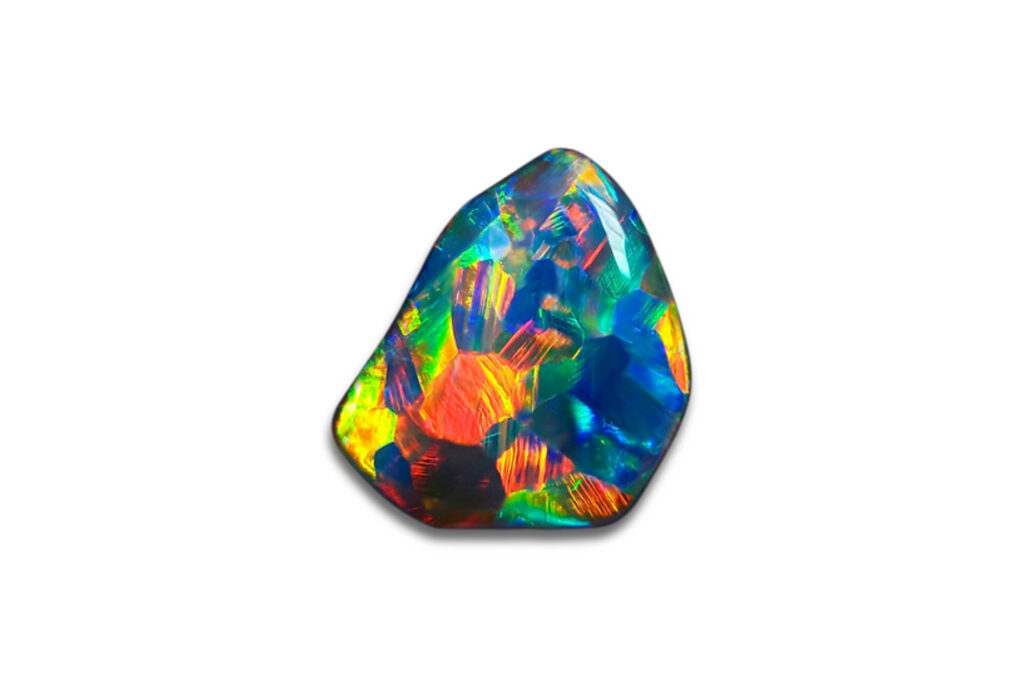
The discovery of Taaffeite was in 1945 by geologist Richard Taafe. His story of discovery is quite interesting, involving both frustration and luck. Taafe bought a box of what he thought were spinels. While testing them, he noticed a difference in one of them and sent it to be analyzed. The test uncovered that it was an unknown gemstone. He, however, had no idea of its actual origin. The source of this gem is traced back to Sri Lanka.
Taaffeite is so rare that only a handful of the gemstones are available. It is estimated that less than 50 specimens of Taaffeite exist, most of them held in geological and private collections. In addition to Sri Lanka, this gem is also found in Tanzania and China.
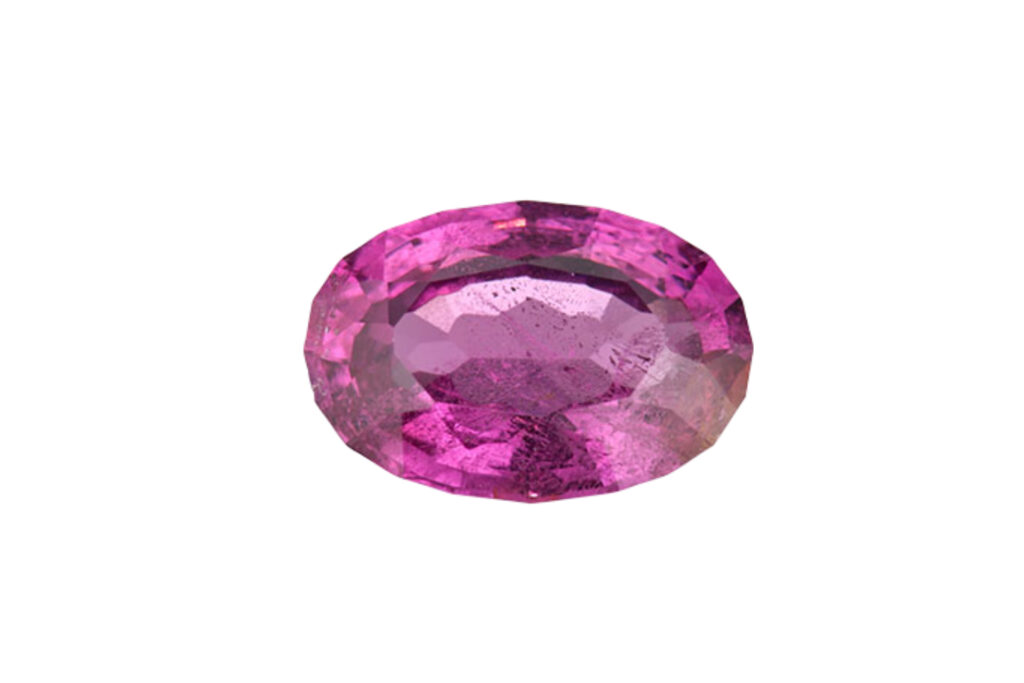
Alexandrite was discovered in 1830 in the Ural Mountains, Russia. The gemstone colors, red and green, were Russia’s imperial colors at the time. Therefore, the mineral was named after Czar Alexander II. Alexander II was, at the time of discovery, the next in line as Russia's Emperor.
Often called Emerald by day, and ruby by night, Alexandrite has outstanding color-changing abilities and can appear green to blue in daylight but red to purple in incandescent light.
The gemstone’s association with the Russian emperor may have helped the gem gain its prestigious status. Alexandrite was associated with royalty and beauty, and its rarity mystified this gemstone even further.
The source of Alexandrite in Russia was almost exhausted after a few decades of mining. It remains a rare stone even with the discovery of Alexandrite in Brazil, Sri Lanka, and Tanzania.
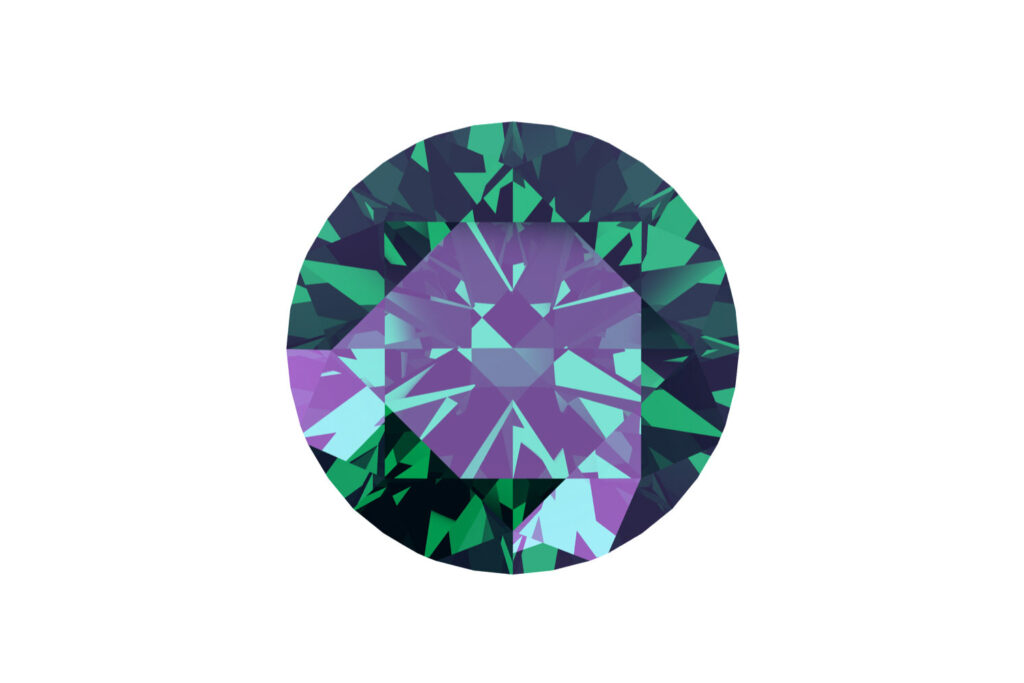
The Guinness Book of World Records named Painite the world’s rarest mineral. It was discovered in Burma in 1951 by British gemologist Arthur Charles Davy Pain, and for decades, only two specimens were known to exist. More Painite gemstones have been discovered, however, as of 2004, there were still less than two dozen known gemstones.
In recent years, Myanmar has begun to produce Painite at a couple of mines but still, only about 1000 gemstones are known to exist and most of them aren’t facet-able. The gemstone remains extremely rare and buying one would be a pain in the wallet.

A Grecian native living in Tanzania discovered a Sapphire deposit near the Umba river, Korogwe District in Tanga. He was not a gemologist and contacted a famous trading house, which exported large amounts of this stone.
This marvelous gemstone is known for its unique color. It is available in a variety of colors, which includes purple, blue, green, orange, red, and pink. The mind-blowing feature of the Umba Sapphires is that they can change color depending on the light. However, Umba Sapphires are best known for their warm tones of orange, yellow, and gold. These are some of the few gemstones that are not treated but left in their natural state.

Spinels have been around for decades, a stone that is commonly confused with the Ruby Gemstone. However, the Mahenge Spinel changed the views of many. The discovery of the Mahenge Spinel is a recent one compared to other gemstones. Workers in a farmer's field at Ipangko, south of Mahenge (Tanzania) retrieved a 52kg spinel crystal in 2007.

The whole crystal was not of top quality; however, breaking off chunks from the sides led to thousands of carats of Gem-quality Mahenge Spinel. This is processed in Thailand, and this beautiful pink gemstone has gained the spotlight as one of the most vibrant stones available today.
And there you have a list of some of the most amazing treasures hidden deep under the layers of earth. Which one caught your eye? And which one has made it a priority during your next shopping spree or even investment decision?
